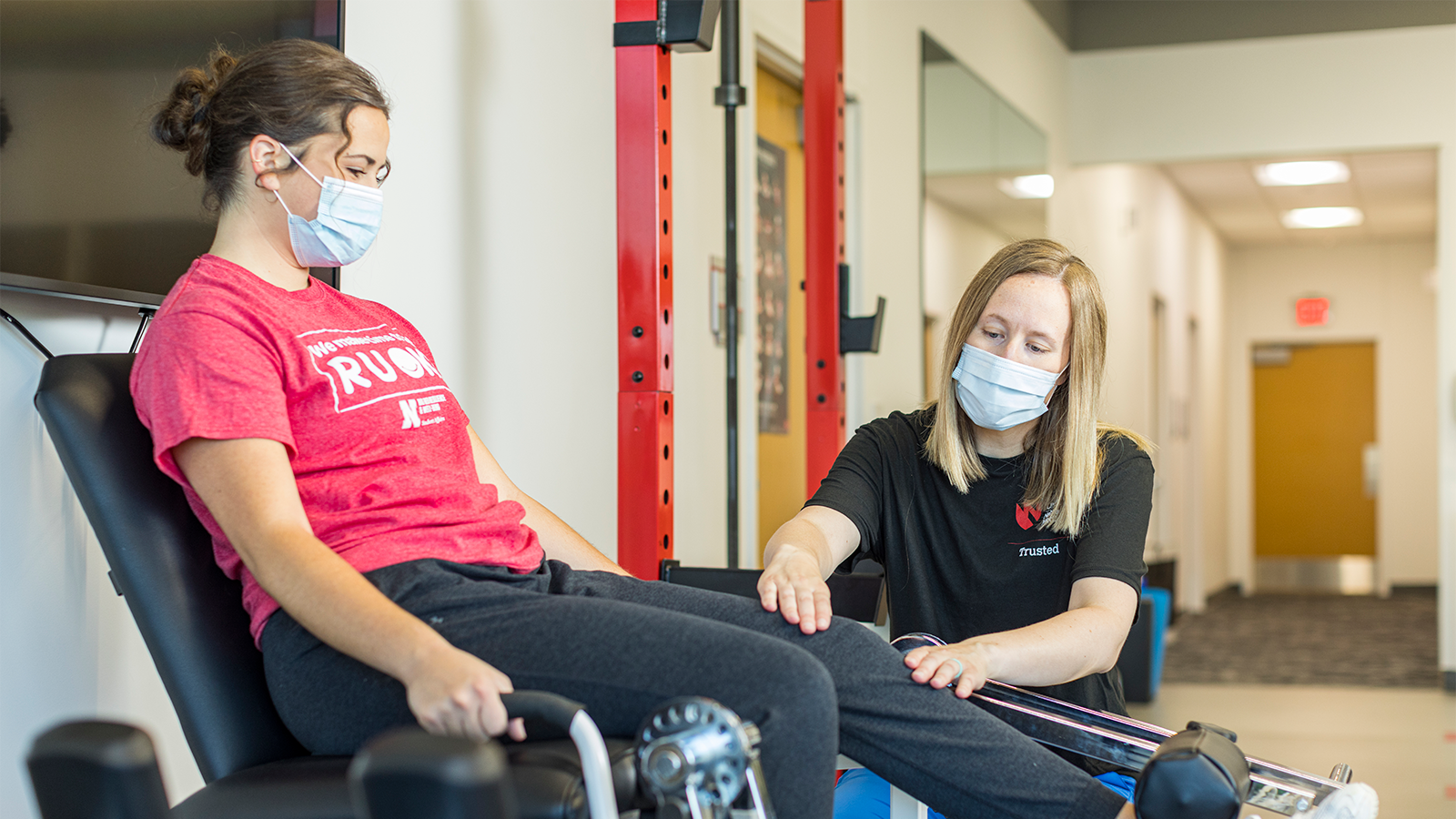Enhancing Rehabilitation Through Physiotherapeutic Treatment After Operation
Enhancing Rehabilitation Through Physiotherapeutic Treatment After Operation
Blog Article
Recovering from surgery can be a difficult process, but rehabilitation therapy plays a vital role in assisting individuals regain their power and mobility. After the procedure, the body needs time to recover, and rehabilitation provides a structured approach to recovery. This process not only centers on physical rehabilitation but also highlights the importance of emotional well-being. By engaging in rehabilitation, patients can enable themselves to take control of their healing and improve their overall quality of life.
Physical therapy after surgery typically begins with an assessment by a licensed physical therapist. This expert assesses the patient's condition, including their scope of movement, power, and discomfort levels. Based on this evaluation, a customized treatment plan is created. This plan may consist of exercises to improve flexibility, strength training to rebuild muscle, and techniques to enhance balance and coordination. The therapist will guide the patient through these workouts, making sure they are executed safely and effectively. This tailored approach helps patients advance at their own speed while meeting their specific requirements.
One of the key benefits of physical therapy is pain management. After the procedure, many patients feel pain or pain, which can hinder their ability to move and participate in daily activities. Physical therapists use different methods, such as hands-on therapy, treatments like heat or ice, and targeted exercises, to help alleviate pain. By managing pain effectively, patients can participate more completely in their rehabilitation exercises, leading to quicker recovery. Additionally, understanding how to control pain can enable patients to assume an active role in their healing process.
Another crucial aspect of rehabilitation is instruction. Patients are taught about their condition, the recovery process, and the significance of adhering to their rehabilitation program. This understanding helps patients understand what to expect during recovery and the role they have in their own recovery. Physical therapists also provide guidance on how to adjust physical therapy for muscle strains daily tasks to prevent further injury and encourage healing. This informative component fosters a sense of independence and assurance, allowing patients to feel more empowered of their recovery journey.
In summary, physical therapy is an essential component of recovery after surgery. It not only aids in physical rehabilitation but also supports emotional and emotional well-being. Through personalized treatment plans, discomfort management methods, and educational support, rehabilitation enables patients to take charge of their recovery. By proactively participating in their recovery, individuals can recover their strength, improve their mobility, and improve their overall standard of life. Embracing physical therapy after surgery can result to a successful and fulfilling healing experience.